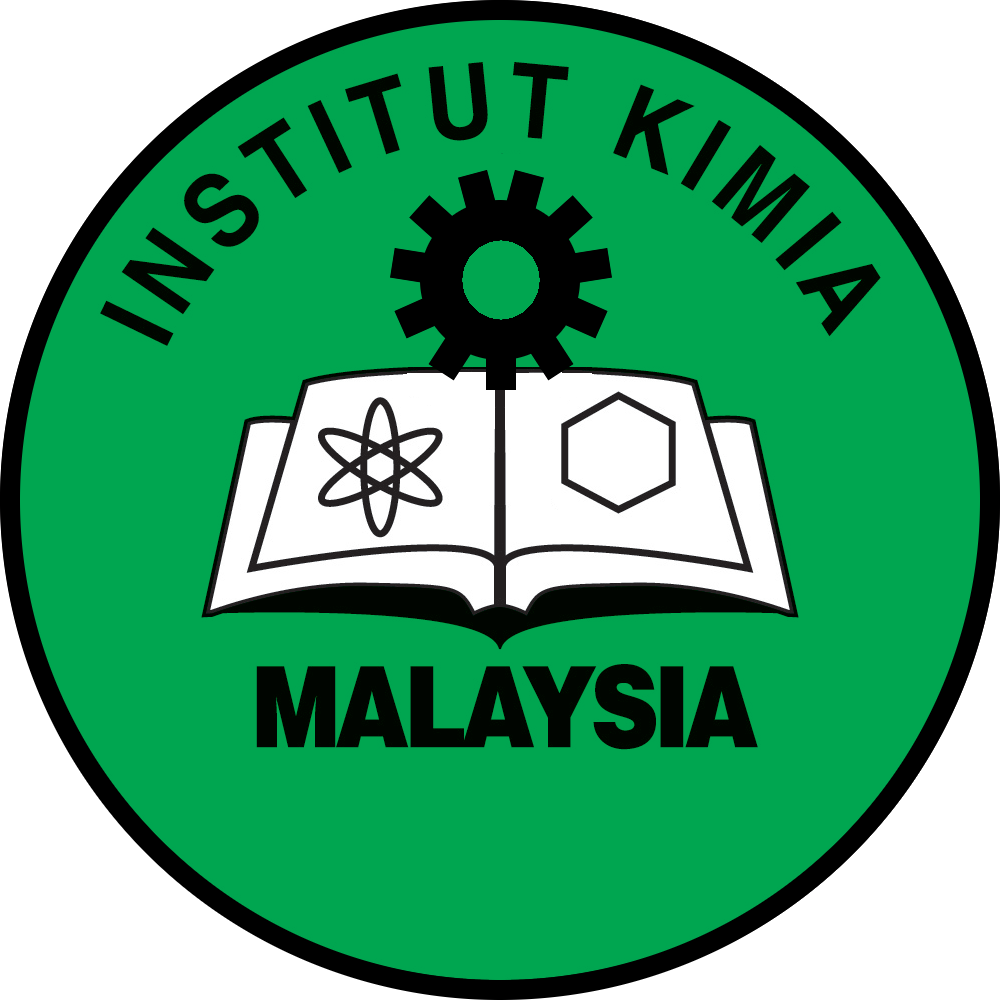Chemical Profiling and Anti-Adipogenic Effects of Geniotrigona thoracica Propolis Extract in 3T3-L1 Cells
DOI: https://doi.org/10.55373/mjchem.v27i1.134
Keywords: Adipogenesis; Anti-adipogenic; Geniotrigona thoracica; Preadipocyte differentiation; Stingless bee propolis
Abstract
Geniotrigona thoracica, a commonly cultivated stingless bee species in the Malaysian meliponid-culture industry, produces propolis known for various biological activities, yet its anti-adipogenic potential remains underexplored. This study evaluated the anti-adipogenic effects of ethanolic extract of G. thoracica propolis (EEGP) on 3T3-L1 cells. Cytotoxicity was assessed in 3T3-L1 preadipocytes across concentrations from 7.81 to 1000 µg/mL. Anti-adipogenic activity was examined using lipid accumulation assay, reactive oxygen species (ROS) measurement, and triglyceride quantification. Gene expression analysis using quantitative real-time PCR (qRT-PCR) targeted key adipogenic markers: sterol regulatory element binding protein-1 (SREBP-1), peroxisome proliferator-activated receptor-gamma (PPAR-γ), and CCAAT/enhancer-binding protein-alpha (C/EBP-α). Gas Chromatography-Mass Spectrometry (GC-MS) was employed to identify chemical constituents of the extract. EEGP demonstrated no cytotoxicity across all tested concentrations and significantly reduced lipid accumulation, ROS levels, and triglyceride content in a dose-dependent manner. Additionally, EEGP suppressed the expression of SREBP-1, PPAR-γ, and C/EBP-α during preadipocyte differentiation. GC-MS analysis revealed a diverse range of chemical compounds, including phenolics, terpenoids, aromatic compounds and sugar alcohol. These findings indicate that EEGP possesses anti-adipogenic properties without cytotoxicity, suggesting its potential as natural agent for obesity management. Nevertheless, further in vivo studies are warranted to confirm these effects and elucidate the underlying mechanisms.
